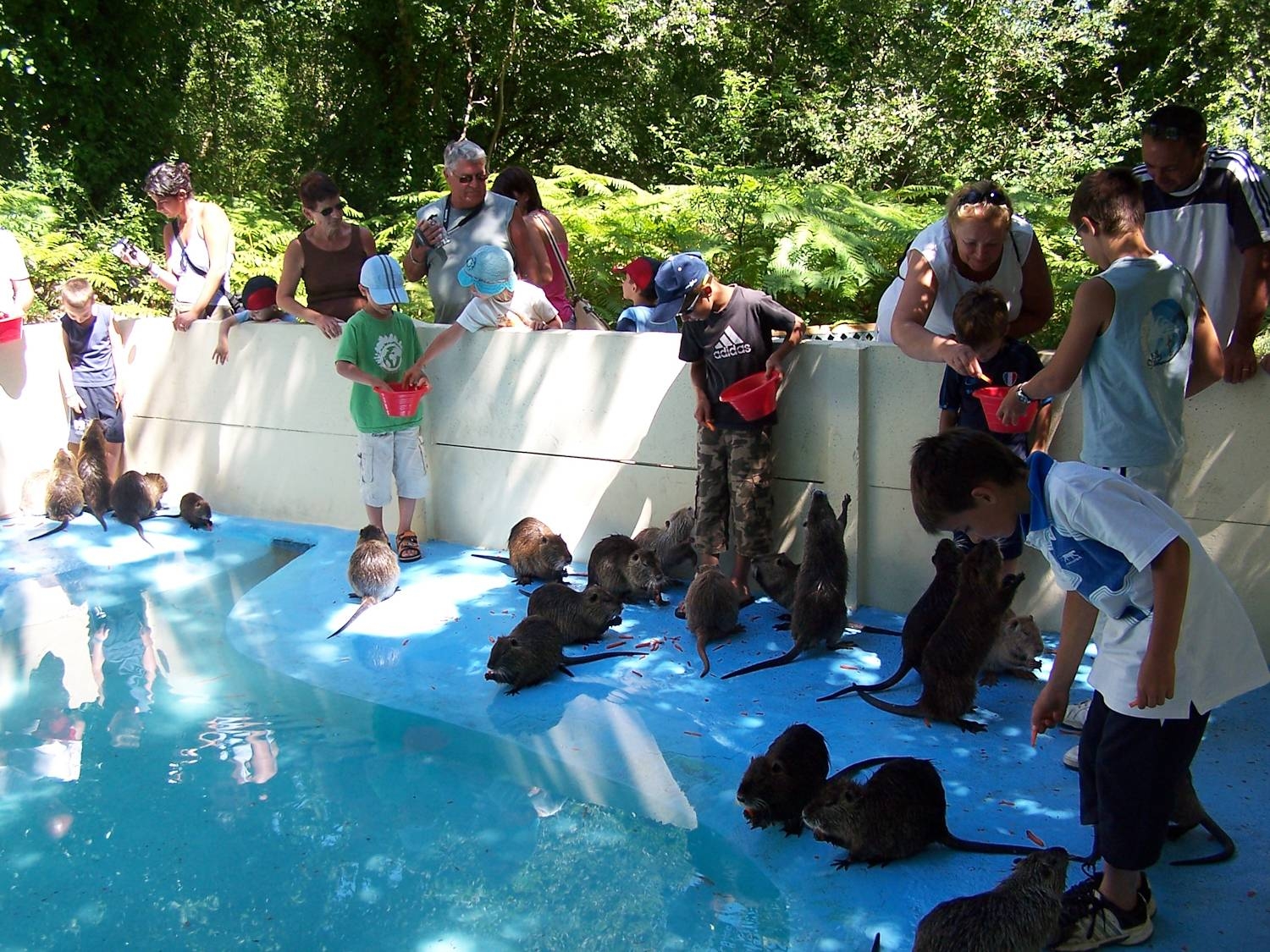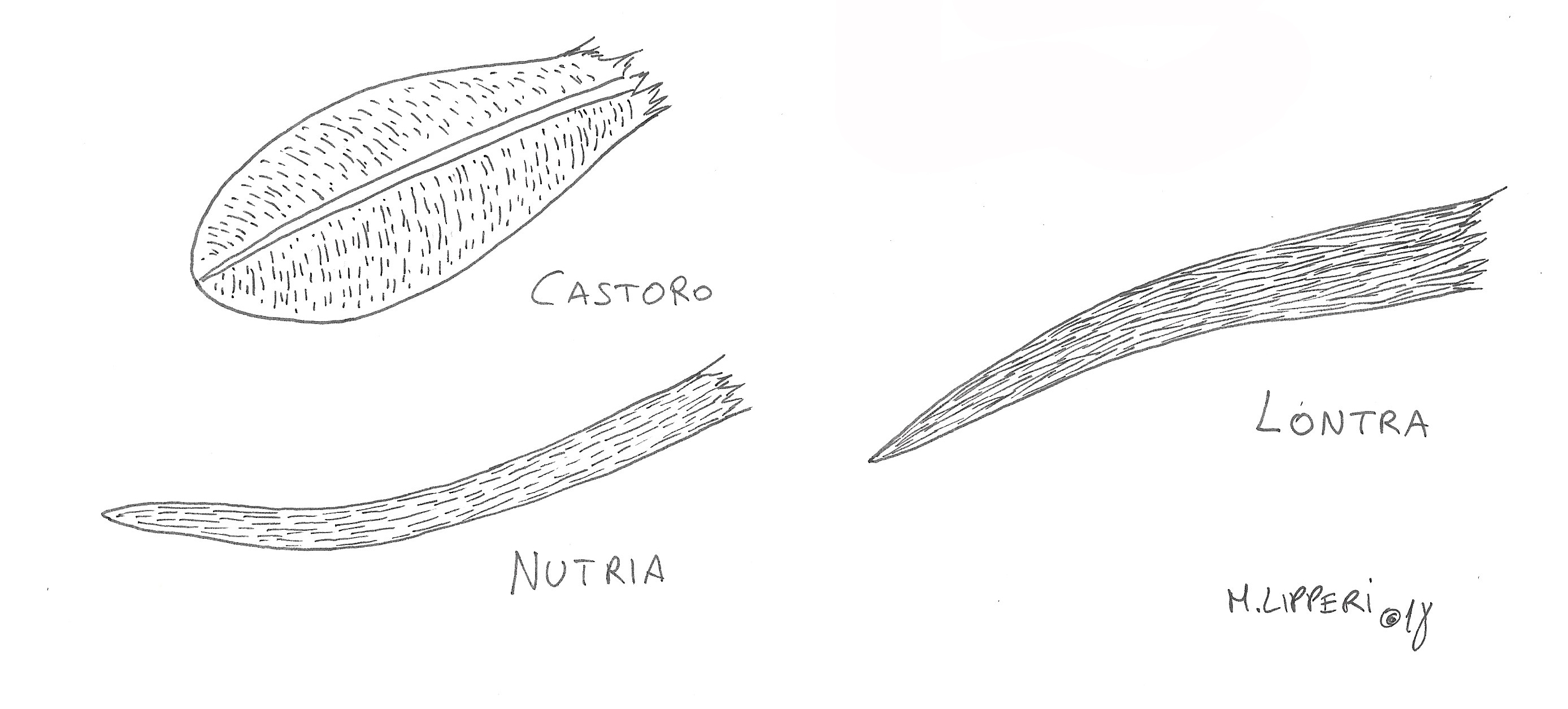Issued by: National Parks and Wildlife Service (NPWS)
Reason for issue: Public call for people to report suspected sightings of the invasive Coypu. Rapid response initiated in October 2016 in Curaheen, Cork City removed 10 animals but a verified sighting of a Coypu in the River Lee on May 7th, 2017 raises concern of its spread.
Summary of potential impacts:
- Coypu are herbivore rodents that can impact negatively on aquatic vegetation, including rare and threatened species.
- Coypu burrows undermine the banks of rivers and dykes causing instability.
- It is a pest of agriculture areas feeding on a variety of crops including root crops.
- Coypu are thought to impact on aquatic birds by decreasing nest habitat.
- Coypu have also been shown to carry a number of diseases of importance to humans and domestic animals.
- Females can be sexually mature from 3 months and produce up to 3 litters a year averaging 5 pups per litter.
Identification features: Large semi-aquatic rodent that may be confused with otter. However, the following characteristics can help with identification:
- Large rodent up to 1 meter in head to tail length.
- It can weigh 5-9kg.
- Dark fur often with lighter ends, small eyes and a long rounded (cylindrical) tail. Otter have flattened tails.
- Distinctive features include large bright orange-yellow incisor (front) teeth that are usually visible.
- It has webbed hind feet.
- It has a white muzzle from nose to chin. Otter’s white patch often extends from muzzle down throat.
Where might I see it?
Coypu are generally found near permanent water, particularly reed beds and swamp/marsh. Also found in rivers, streams, lakes, ponds and brackish marsh in coastal areas.
What should I do?

Report any suspected sightings with a photograph if possible.
- Report sightings to [email protected] or online https://records.biodiversityireland.ie
- If you own one, do not allow it to reproduce, escape or release it to the wild. Please re-home or euthanize if no longer wanted.
- Please circulate this web page or the one page Species Alert poster as widely as possible.
Invasive status: Assessed as having the potential to be a high impact invasive species in Ireland. It is one of 37 invasive alien species of Union concern under EU Regulation (1143/2014). It is listed on the Third Schedule Part 2 of the European Communities (Birds and Natural Habitats) Regulations 2011 in Ireland. This species is listed as among 100 of the worst invasive species in Europe.
Introduction status: Localised. Under eradication.
Is there a reference specimen?: Yes. Animals removed from the Curaheen site in Cork City have been deposited with University College Cork.
Known distribution of Coypu in Ireland:
Since the first verified sighting in 2010, Coypu have been seen and reported from 7 locations. Just one animal was seen in 6 of the sites but a population of 10 animals was removed from Cork City in 2016. See Biodiversity Maps.
Pathway of introduction: The animals removed from the Curaheen area are believed to be linked to Coypu escaped from an agricultural show held nearby in 2015. The source of the animals removed from Tipperary and Limerick in 2015 in unclear. Coypu are not known to be kept as a pet species in Ireland but are known to have been kept as a display species in some pet farms. Their introduction into Europe is linked to fur farming.
Management actions taken to date: The following actions have been taken to date:
- Individual animals removed from River Mulkear in Tipperary and Limerick in 2015. Both taken into captivity.
- Rapid response initiated in October 2016 resulted in 10 animals removed over 1 month period. Site monitoring ongoing.
- Formal notification to the European Commission of presence of Coypu at Curaheen site issued 05/10/2016. This was the first Species Alert issued by any Member State under the EU Regulation on Invasive Alien Species (1143/2014)
- Species alert and public call to report suspected sightings issued May, 2017. Received wide media coverage.
- National Biodiversity Data Centre maintains an online reporting function: https://records.biodiversityireland.ie/record/invasives
Additional Resources:














